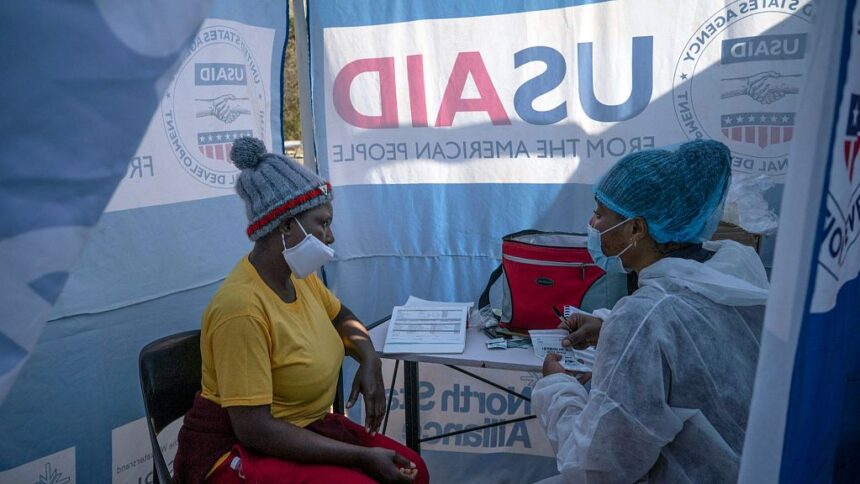In a troubling development that has sent shockwaves through international development circles, wealthy nations have slashed global health assistance to unprecedented lows not seen since the aftermath of the 2008 financial crisis. According to a comprehensive study released Tuesday by the Institute for Health Metrics and Evaluation, development assistance for health dropped to just $40.4 billion in 2025, representing a 17% decline from pandemic-era peaks.
“We’re witnessing a dangerous retreat from global health commitments at precisely the moment when vulnerable populations need support most,” said Dr. Eleanor Winters, lead researcher on the study. “This isn’t just about numbers on a spreadsheet—these cuts translate directly to reduced vaccine programs, fewer medical staff, and ultimately, preventable deaths.”
The study reveals a concerning pattern of donor fatigue following massive pandemic-related investments between 2020-2022. Major contributors including the United States, United Kingdom, and Germany have systematically reduced their global health portfolios, citing domestic economic pressures and shifting priorities. The United States alone has decreased its health assistance by 22% since 2022, while maintaining its position as the largest overall donor.
The timing couldn’t be worse for recipient nations. Many low-income countries continue struggling with multiple health crises simultaneously—from emerging infectious diseases to chronic challenges like tuberculosis and malaria. The World Health Organization estimates that nearly 40% of planned immunization campaigns in sub-Saharan Africa have been delayed or canceled due to funding shortfalls.
The consequences extend beyond immediate health impacts. Economic analysts at the CO24 Business desk note that reduced health investments typically create cascading effects throughout developing economies. “Healthier populations are more productive populations,” explains economist James Karanja. “When basic health services deteriorate, we see increased poverty, reduced educational attainment, and slower economic growth—creating a vicious cycle.”
Some bright spots exist amid the gloomy funding landscape. Private philanthropy has partially filled gaps left by government donors, with the Bill & Melinda Gates Foundation increasing its health commitments by 8% this year. Additionally, emerging economies like China and India have expanded their regional health diplomacy efforts, though these programs remain modest compared to traditional Western aid.
Canadian contributions have followed the broader downward trend, with our international assistance for health programs dropping 14% since 2022. This represents a significant departure from Canada’s previous reputation as a steadfast supporter of global health initiatives, particularly in francophone Africa and maternal health programs.
Health security experts warn that reduced investments create dangerous vulnerabilities in global disease surveillance and response capabilities. “The next pandemic is a question of when, not if,” cautions Dr. Michael Okonjo of the Global Health Security Alliance. “By dismantling the very systems that help detect and contain outbreaks early, wealthy nations are effectively gambling with their own security.”
As world leaders prepare for the upcoming G20 summit in Jakarta, advocates are pushing for renewed commitments to global health funding. The stakes couldn’t be higher—will nations recommit to health as a global public good, or will short-term budget priorities further erode decades of progress against preventable disease and suffering?

























